Where is the Universe? This seemingly simple question has baffled mankind for centuries, and it continues to intrigue us even today. Different cultures and traditions have their own unique answers to this question, but in modern times, scientists have sought to understand the universe from a more empirical, evidence-based approach. In this article, we will explore some of the theories and discoveries about the universe's location and what it means for our understanding of the cosmos.
To begin with, we should first clarify what is meant by "the universe." Simply put, the universe is everything that exists – all matter, energy, space, and time. It includes all the galaxies, stars, planets, and other celestial objects we can observe, as well as the vast expanse of empty space between them. But if the universe is everything, then how can we talk about where it is?

Scientists believe that the universe did not always exist in its current form. According to the Big Bang theory, the universe began as a singularity – an infinitely small, dense point of matter and energy. At that moment, the universe was not located anywhere in space because space did not exist yet. Instead, the singularity contained all of space and time within itself.
As the universe expanded and cooled following the Big Bang, the singularity began to separate into different regions of space. This expansion is what gave rise to the universe we see today. But even as the universe grew larger, it did not expand into anything else – it was not expanding into a void or empty space, but rather creating space as it expanded. Therefore, if you were to ask where the universe is now, the answer would be that it is all around us, in every direction.
However, this idea of the universe having no location or boundaries is somewhat difficult to grasp. It's natural for us to think of things in terms of location – the Earth is here, the Sun is there, and so on. To better understand the universe's location, scientists often use the concept of the "observable universe." This is the part of the universe that we can see and detect through our telescopes and instruments.
The observable universe is limited by the speed of light – the fastest speed anything can travel in the universe. Because light can only travel a finite distance in a given amount of time, we can only observe objects and events that are close enough to us for their light to have reached us. The most distant objects we can see are those whose light has been traveling toward us for nearly 14 billion years, the estimated age of the universe.
Therefore, while the universe itself has no location, the observable universe is centered around our position in space and grows larger as we observe more distant objects. This means that if an alien civilization were located far enough away from us, they might observe a different, non-overlapping observable universe from ours.
But the story doesn't end there. In recent years, scientists have discovered that the observable universe only makes up a small fraction of the total universe. The rest is composed of dark matter and dark energy – mysterious substances that interact very weakly with normal matter and cannot be observed directly. These unknown components of the universe make up the vast majority of its mass and energy.
Furthermore, some theories propose the existence of multiple universes, each with its own set of physical properties and laws. These "multiverses" may arise from quantum fluctuations or cosmic inflation and could have drastically different characteristics from our own universe. If these theories are correct, then the question of where the universe is becomes even more complex – we may not even be able to define what we mean by "the universe" beyond our own, limited perspective.
In conclusion, while the universe can be a difficult concept to wrap our heads around, modern science has provided us with some insights into its location and structure. The universe began as a singularity and has since expanded into the vast expanse of space we see today, with no specific location or boundaries. Nevertheless, we can observe a portion of the universe through our telescopes, and this observable universe is centered around us and expands as we discover more distant objects. While there is still much we do not know about the universe, our pursuit of knowledge has led us to some fascinating and awe-inspiring discoveries.

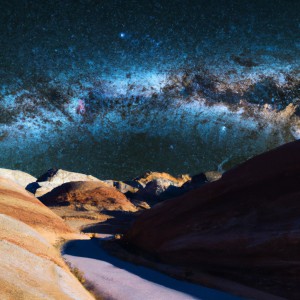
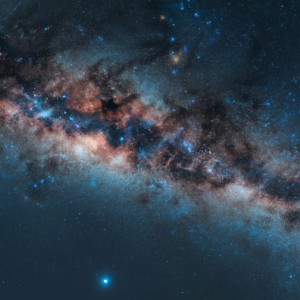



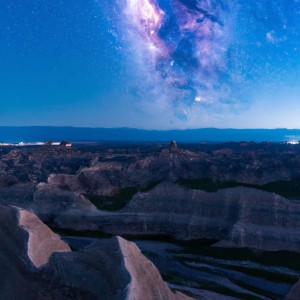


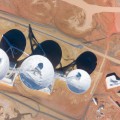
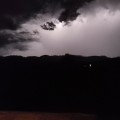

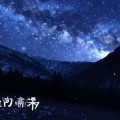
评论